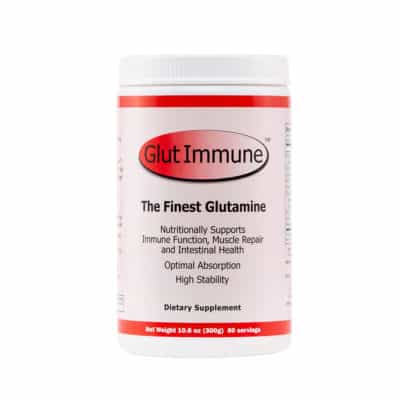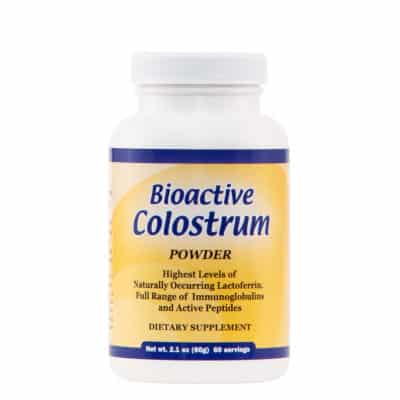From the New England Journal of Medicine, Volume 349:1605-1613, October 23, 2003, #17 Stefan Blankenberg, M.D., Hans J. Rupprecht, M.D., Christoph Bickel, M.D., Michael Torzewski, M.D., Gerd Hafner, M.D., Laurence Tiret, Ph.D., Marek Smieja, M.D., Ph.D., François Cambien, M.D., Jürgen Meyer, M.D., Karl J. Lackner, M.D., for the AtheroGene Investigators
ABSTRACT:
Background Cellular antioxidant enzymes such as glutathione peroxidase 1 and superoxide dismutase have a central role in the control of reactive oxygen species. In vitro data and studies in animal models suggest that these enzymes may protect against atherosclerosis, but little is known about their relevance to human disease.
Methods We conducted a prospective study among 636 patients with suspected coronary artery disease, with a median follow-up period of 4.7 years (maximum, 5.4) to assess the risk of cardiovascular events associated with base-line erythrocyte glutathione peroxidase 1 and superoxide dismutase activity.
Results Glutathione peroxidase 1 activity was among the strongest univariate predictors of the risk of cardiovascular events, whereas superoxide dismutase activity had no association with risk. The risk of cardiovascular events was inversely associated with increasing quartiles of glutathione peroxidase 1 activity (P for trend <0.001); patients in the highest quartile of glutathione peroxidase 1 activity had a hazard ratio of 0.29 (95 percent confidence interval, 0.15 to 0.58; P<0.001), as compared with those in the lowest quartile. Glutathione peroxidase 1 activity was affected by sex and smoking status but retained its predictive power in these subgroups. After adjustment for these and other cardiovascular risk factors, the inverse association between glutathione peroxidase 1 activity and cardiovascular events remained nearly unchanged.
Higher Glutathione Peroxidase 1 Levels Might Lower Risk of Cardiovascular Events
Conclusions In patients with coronary artery disease, a low level of activity of red-cell glutathione peroxidase 1 is independently associated with an increased risk of cardiovascular events. Glutathione peroxidase 1 activity may have prognostic value in addition to that of traditional risk factors. Furthermore, increasing glutathione peroxidase 1 activity might lower the risk of cardiovascular events. Source Information From the Departments of Medicine II (S.B., H.J.R., J.M.) and Clinical Chemistry and Laboratory Medicine (M.T., G.H., K.J.L.), Johannes Gutenberg University, Mainz, Germany; INSERM Unité 525, Faculté de Médecine Pitié–Salpêtrière, Paris (S.B., L.T., F.C.); Innere Abteilung, Bundeswehrzentralkrankenhaus, Koblenz, Germany (C.B.); and the Department of Pathology and Molecular Medicine, McMaster University, Hamilton, Ont., Canada (M.S.). Address reprint requests to Dr. Blankenberg at the Department of Medicine II or to Dr. Lackner at the Department of Clinical Chemistry and Laboratory Medicine, Johannes Gutenberg University Mainz, Langenbeckstr. 1, 55131 Mainz, Germany, or to [email protected] or [email protected].Latest posts by Ronald K. Wright (see all)
- Best Fitness Supplements: Glutamine and Colostrum Uses and Benefits - December 19, 2019
- Cooking with Protein Powder - November 22, 2019
- Is There A Point To Taking Whey Protein After Cardio? - September 16, 2019





